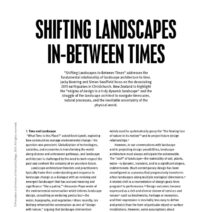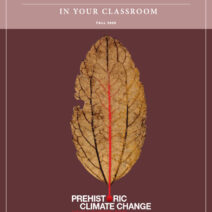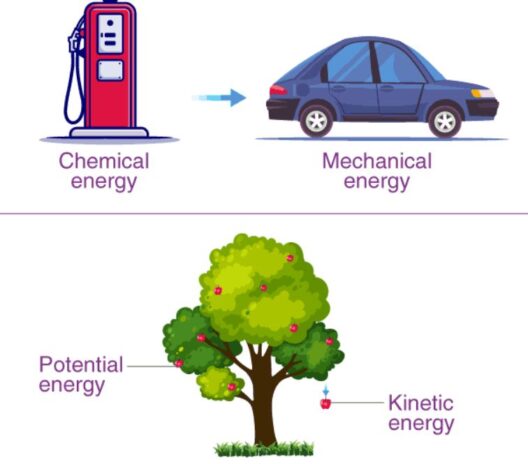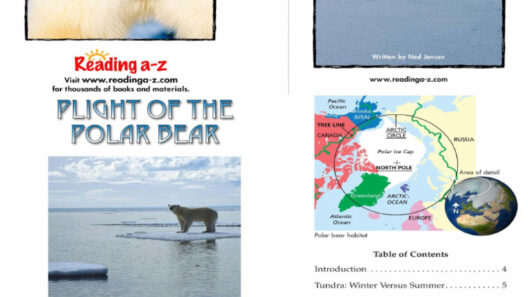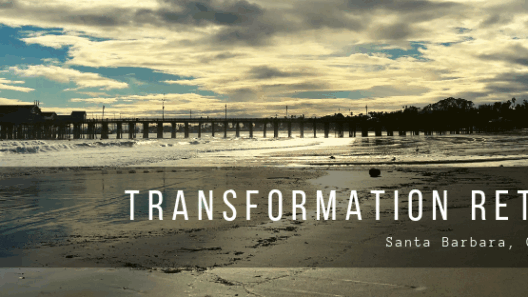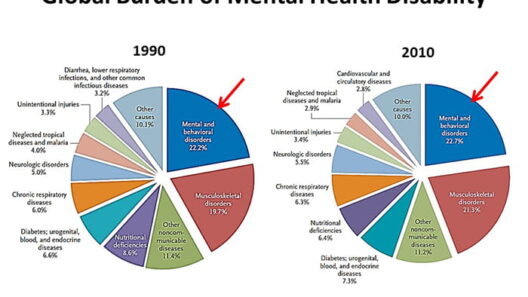Global warming is often presented through a lens of urgent rhetoric, invoking images of melting ice caps, raging wildfires, and catastrophic weather events. Yet, beneath the sensationalism that pervades climate discussions lies a spectrum of more nuanced and tangible consequences that affect our daily existence and the intricate ecosystems we inhabit. This exploration seeks to traverse the landscape of global warming’s real-world impacts, unraveling the complexities of this challenge that humanity faces. Are we prepared to confront the ramifications of our actions, or will we be overtaken by the illusion of predictability amid the chaos of change?
At the crux of global warming lies the relentless increase in greenhouse gases, chiefly carbon dioxide and methane, resulting from human activity. Fossil fuel combustion, deforestation, and agricultural practices have generated an unprecedented wave of carbon saturation in our atmosphere. This accumulation is not merely a statistical anomaly; it manifests through tangible alterations in weather patterns. The consequences of these changes resonate across various domains, from agriculture and water resources to public health and biodiversity. Hence, understanding these direct impacts is paramount if we are to devise effective solutions to mitigate further environmental degradation.
Consider the agricultural sector, a cornerstone of human sustenance. Farmers across the globe are grappling with the changing climate, as shifting precipitation patterns and rising temperatures disrupt traditional growing seasons. Regions once fertile now experience intensified droughts or floods, leading to crop failures and food scarcity. This phenomenon does not tarry at regional boundaries; it reverberates through global markets, creating food insecurity in households and exacerbating poverty levels. As populations grow and climate instability persists, can we ensure a sustainable food supply, or will societal unrest become the byproduct of agricultural collapse?
Then, turn to the malleability of water resources. Glacial melt—once a reassuring source of freshwater—is rapidly accelerating. The consequences are felt in the dependence of numerous communities on glacial runoff to sustain their livelihoods. Consequently, nations that rely on such resources find themselves in precarious positions, battling both water shortages and geopolitical tensions over dwindling supplies. Water scarcity captures attention not only as a humanitarian crisis but also as a catalyst for conflict. Can we forge cooperative solutions to water distribution, or will desperation fuel discord among nations?
Public health is yet another facet intricately intertwined with the ramifications of global warming. The increasing prevalence of heatwaves poses significant threats, particularly to vulnerable populations such as the elderly and those with pre-existing health conditions. Beyond the direct effects of heat, climate change also escalates the incidence of vector-borne diseases. With changing climates, mosquitoes and ticks venture into new territories, thereby reintroducing diseases like malaria and Lyme disease. The intersection of climate and health raises a critical question: Will public health systems adapt in tandem with emerging threats, or will inequality dictate who suffers the consequences of a warming planet?
Moreover, biodiversity is experiencing unprecedented strain in the face of climate change. Ecosystems are inherently delicate, and the rapid pace of global warming disrupts intricate interspecies relationships. Habitat loss, altered migration patterns, and the introduction of invasive species all conspire to threaten many species with extinction. In this context, the extinction of a single species can have cascading effects—prompting shifts in entire ecosystems. Are we prepared to embrace biodiversity preservation as an essential principle of climate action, or will we allow the world’s richest tapestries of life to unravel before our very eyes?
The conversation surrounding mitigation strategies often focuses on renewable energy, carbon neutrality, and innovative technologies that hold promise. Yet, it is crucial to recognize that adaptation must run parallel to mitigation. Communities must build resilience against the climate impacts that are already manifesting. This involves not only engineering barriers against storms or heat but also fostering sustainable practices in agriculture, water management, and urban planning. The question arises: Are we ready to instigate systemic changes and nurture a culture of resilience, or will we remain complacent until the consequences become undeniable?
As we probe deeper into the ramifications of global warming, we must also consider economic implications. Transitioning to a low-carbon economy necessitates both investments and innovations that challenge long-standing industrial practices. Sectors such as transportation, manufacturing, and energy must undergo transformative changes. The potential for job creation in green sectors exists, but it must be balanced against the disruption caused by declining industries. Is society prepared to embrace this economic metamorphosis, or will fear hinder progress toward a sustainable future?
Finally, as the conversation progresses, the role of policy becomes paramount in shaping our response to global warming. Legislative frameworks that regulate emissions, promote clean energy development, and foster international cooperation are essential to mitigating the most severe impacts. The intricacies of climate diplomacy underscore that effective action requires collaboration among nations, with all their diverse priorities and challenges. Can world leaders transcend political barriers to forge a unified strategy, or will inertia prevail in the face of urgency?
In conclusion, the topic of global warming transcends hype; it portrays a complex tapestry of interconnected challenges that humanity must confront. From agriculture and water resources to public health and biodiversity, the implications infiltrate every facet of our lives. As individuals and as a collective society, we must ponder whether we are ready to rise to the occasion or if we will falter under the weight of climate change’s impending reality. The stakes are high, and the time to act is now—or the consequences of inaction will reverberate through generations to come.
